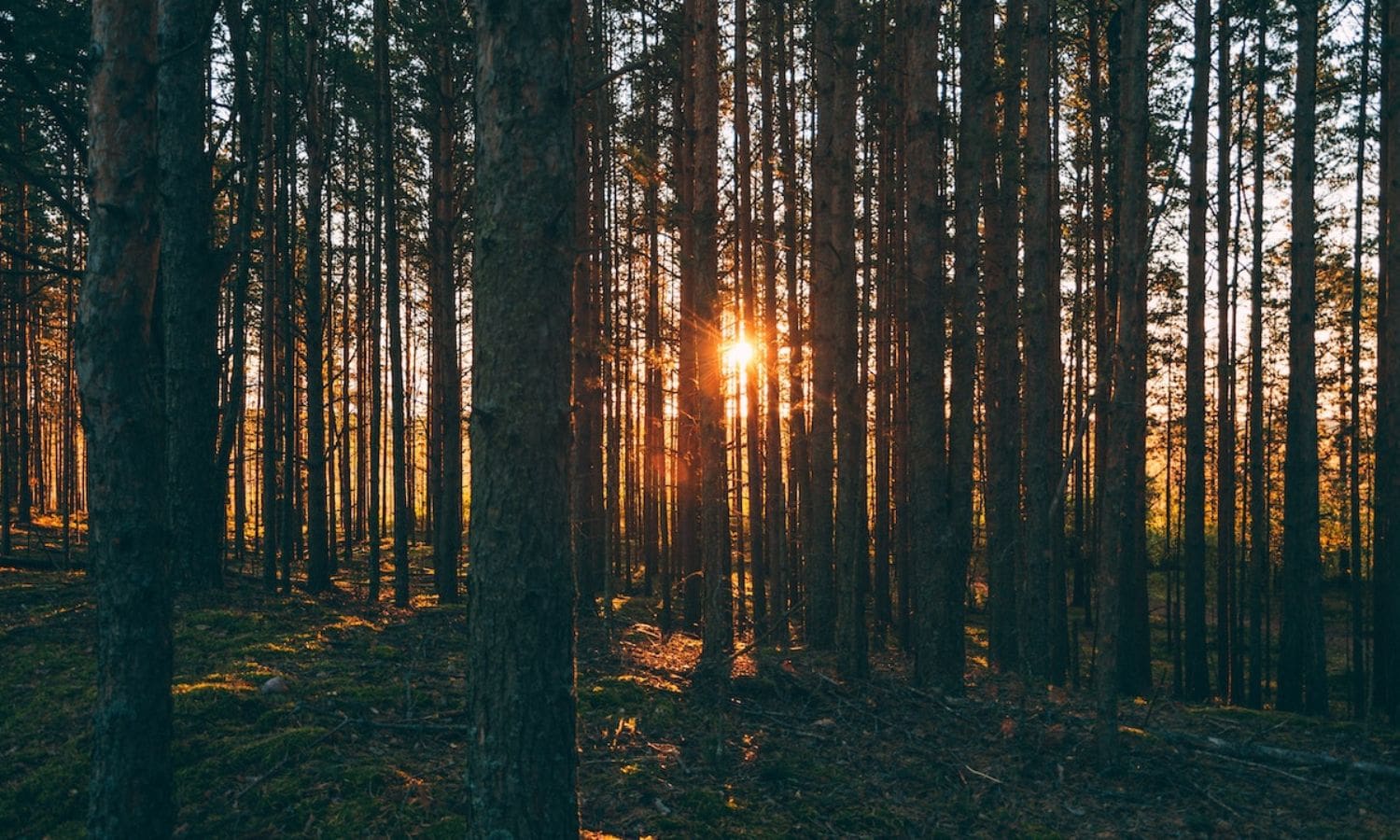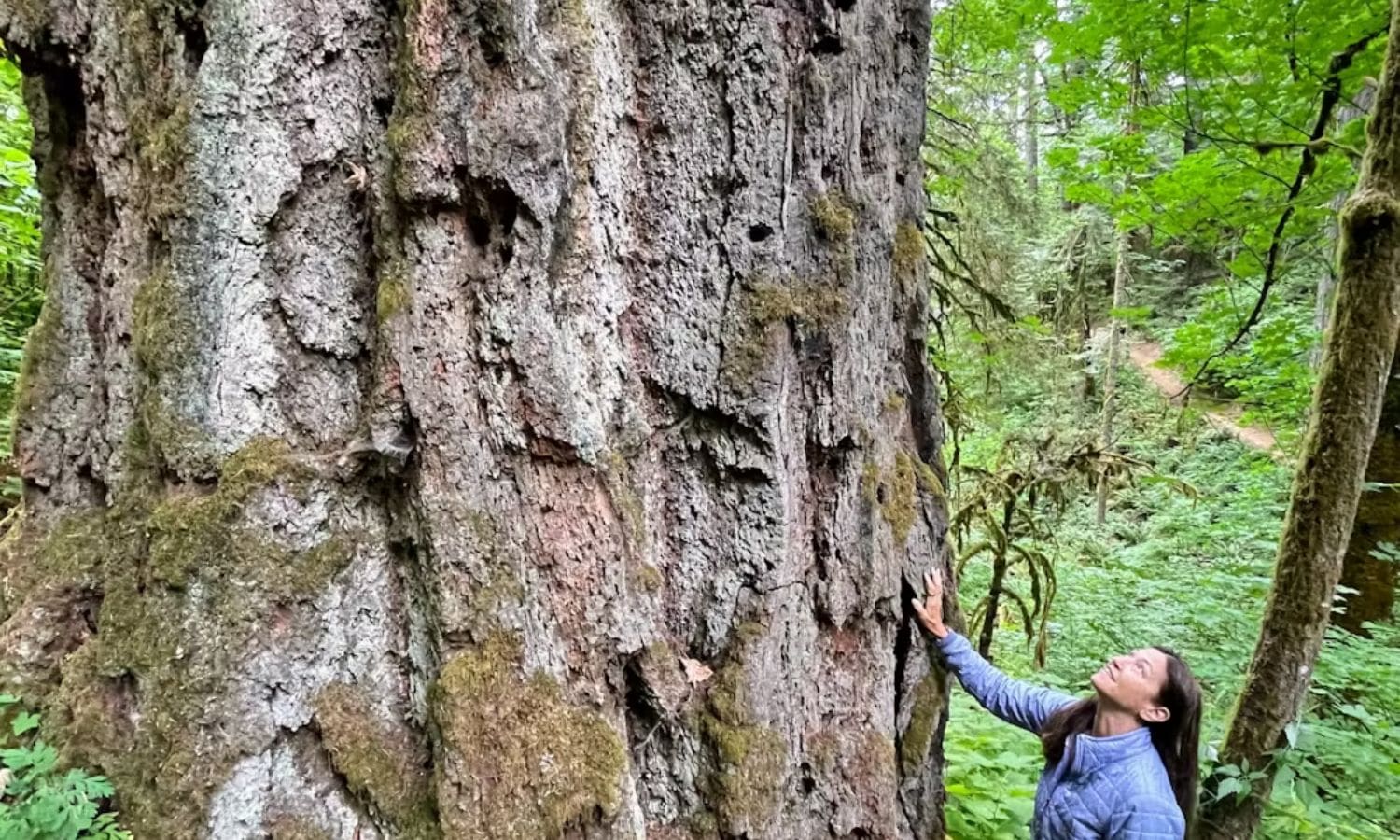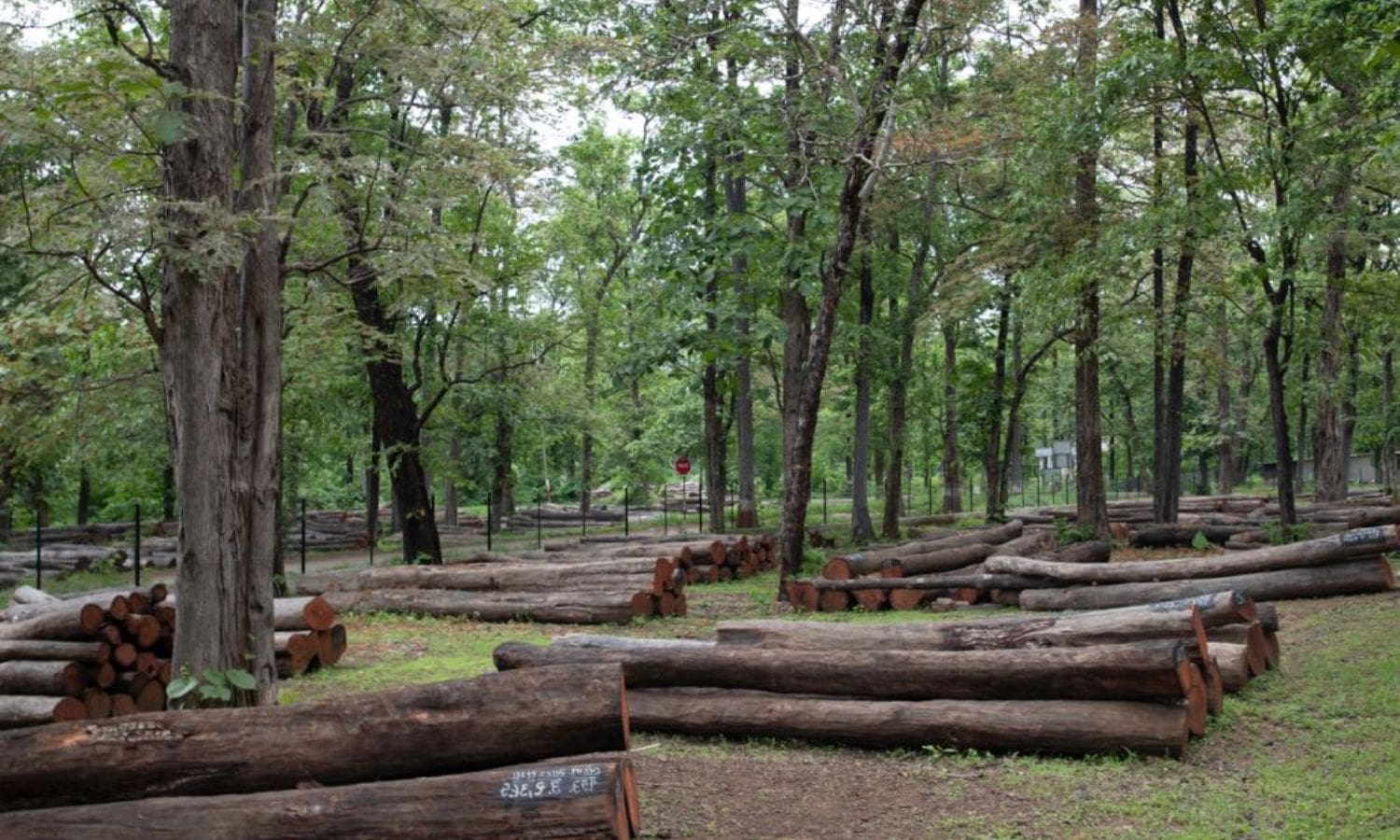Forests in Climate Mitigation Demands: As the world grapples with the escalating climate crisis, the role of old forests in mitigating greenhouse gas emissions has come under the spotlight. These ancient ecosystems, with their high levels of carbon storage, have the potential to play a crucial part in our efforts to combat climate change.
However, the urgency to protect these old forests from logging has never been more pressing. In this discussion, we will explore the significance of old forests in climate mitigation, the challenges faced in conserving them, and the imperative need for immediate action.
The scientific evidence and examining the current state of forest management, we will shed light on the critical importance of safeguarding these invaluable carbon sinks for the sake of our planet’s future.
Key Takeaways Of Forests in Climate Mitigation Demands
- Old forests play a critical role in climate mitigation by acting as carbon sinks and storing vast amounts of carbon.
- Logging in old forests releases stored carbon back into the atmosphere, contributing to global warming.
- Protecting old forests is essential to maintain biodiversity and prevent species loss.
- Immediate action is necessary to implement regulatory changes and prioritize the preservation of old-growth forests.


Forests as Climate Change Mitigators
Forests play a crucial role in mitigating climate change. They absorb significant amounts of carbon dioxide and effectively reduce global temperature increases. The world’s forests act as natural carbon sinks, absorbing around 2.6 billion metric tons of carbon dioxide annually. This is equivalent to about one-third of all fossil fuel emissions.
In the United States alone, forests are responsible for 11% of the total annual greenhouse gas emissions. This makes them an essential part of climate change mitigation strategies. Trees and soils in forests store large amounts of carbon, keeping it out of the atmosphere and helping to stabilize the climate.
Protecting and restoring forests is crucial in the fight against climate change. It should be a priority for policymakers and individuals alike. By recognizing the role of forests as climate change mitigators, we can work towards preserving these valuable ecosystems and ensuring a sustainable future.
Challenges in Forest Conservation Efforts
Preserving the remaining 3.9% of mature and old-growth forests is crucial for those who recognize the importance of safeguarding carbon accumulation and maintaining the ecological balance. However, there are significant challenges in forest conservation efforts that hinder the protection of these invaluable ecosystems.
One of the major challenges is the existing forest management plans that allow logging in these critical areas. This poses a direct threat to carbon accumulation, as the removal of trees releases stored carbon back into the atmosphere, contributing to climate change. Additionally, logging disrupts the ecological balance by fragmenting habitats and degrading biodiversity.
Another challenge is the lack of awareness and understanding among the public and policymakers about the importance of old forests in climate mitigation and the need for their protection. This highlights the need for increased education and advocacy to drive policy changes that prioritize forest conservation over short-term economic gains.
Best For: Environmentalists, conservation organizations, and policymakers who are committed to preserving and protecting mature and old-growth forests.
Pros:
- Helps safeguard carbon accumulation and mitigate climate change.
- Preserves ecological balance by maintaining habitats and biodiversity.
- Contributes to long-term sustainability and the well-being of future generations.
Cons:
- Potential conflict with economic interests and short-term profit.


Also Read: REAL ID for Undocumented Individuals in California
Biden Administration’s Initiatives and Regulatory Challenges
The Biden administration has undertaken several initiatives aimed at enhancing the protection of old-growth forests on federal land, despite the potential delays and regulatory challenges that may arise.
One of the key initiatives is the commitment to conserve 30% of U.S. lands and waters by 2030, known as the ’30×30′ plan. This plan emphasizes the preservation of old-growth forests as a vital component in mitigating climate change and preserving biodiversity.
However, implementing regulatory changes to protect these forests may face obstacles. The process of enacting new regulations and navigating through legal challenges can be time-consuming, potentially leading to delays in implementing effective protections. Additionally, resistance from industries and stakeholders who rely on forest resources for economic purposes may pose challenges to the administration’s efforts.
Despite these challenges, the Biden administration remains committed to prioritizing the preservation of old-growth forests and finding solutions to overcome regulatory hurdles.
Scientific Advocacy for Immediate Moratorium
Leading voices in the scientific community have unequivocally called for an immediate moratorium on logging mature and old-growth forests on federal lands. This urgent advocacy is driven by the recognition of the crucial role these forests play in climate mitigation efforts.
To provide a comprehensive understanding of the scientific community’s stance, the following subtopics are highlighted:
- Carbon Storage: Old-growth forests store vast amounts of carbon, acting as crucial carbon sinks that help mitigate climate change. Logging these forests releases this stored carbon into the atmosphere, exacerbating global warming.
- Biodiversity Conservation: Old forests harbor rich biodiversity, providing habitat for numerous species. Logging disrupts these ecosystems, leading to the loss of unique plant and animal species, further accelerating the global biodiversity crisis.
- Federal Responsibility: The protection of mature and old-growth forests falls under the purview of federal agencies. Immediate action by the government is necessary to prevent irreversible damage to these valuable ecosystems and uphold their conservation commitments.
The scientific community’s call for an immediate logging moratorium underscores the critical need to protect these forests to secure our planet’s future and preserve its natural heritage.
Current State of Forest Management and Carbon Impact
With an understanding of the urgent need to protect mature and old-growth forests, it is crucial to examine the current state of forest management and its impact on carbon emissions.
Evaluating the Forest Service’s analysis of management plans for national forests and its consideration of logging’s carbon impact reveals a significant gap in addressing this crucial aspect. Scientific studies have consistently shown substantial carbon losses resulting from logging activities. These findings underscore the necessity of comprehensive measures to address the carbon impact of forest management.
It is imperative that forest management practices prioritize the preservation of old forests, as they play a vital role in carbon sequestration and mitigating climate change. The current state of forest management must be reevaluated and improved to ensure the long-term protection of these invaluable carbon sinks.


Conclusion Of Forests in Climate Mitigation Demands
Urgent protection of old forests from logging is crucial for effective climate mitigation efforts. These forests play a vital role in absorbing and storing carbon dioxide, helping to mitigate the impacts of climate change.
However, current forest conservation efforts face numerous challenges, and the Biden Administration’s initiatives are hindered by regulatory challenges. Scientific advocacy calls for an immediate moratorium on logging to preserve these valuable ecosystems.
It is imperative that we prioritize the protection of old forests to combat climate change effectively.
Our Reader’s Queries
Q1. What is the role of forest in climate mitigation?

